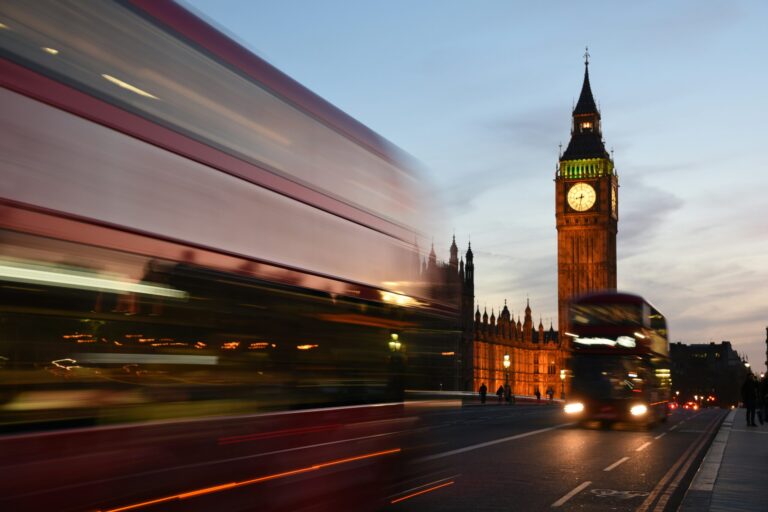The London office market has undergone a significant transformation in recent years, especially as companies continue to adapt to the evolving demands of the post-pandemic world. As we move into mid-2024, key trends like flexibility, sustainability, and innovative design are reshaping the landscape of commercial real estate in the capital. This shift is not just a response to changing work habits but also to the broader need for office spaces that cater to the wellbeing of employees while also addressing environmental challenges.
One of the most high-profile developments in London’s office market is the completion of the 40 Leadenhall Building in the heart of the City of London. This state-of-the-art office tower, developed by M&G and Nuveen, represents the future of workplace design. The building spans 905,000 square feet across 34 stories and is designed to meet the needs of modern businesses. With amenities like a wellness center, flexible workspaces, and private dining areas, 40 Leadenhall is aimed at attracting tenants who want more than just a traditional office. Its environmentally sustainable features, such as energy-efficient systems and a target of BREEAM Excellent and WELL Platinum certifications, align with the growing trend of eco-conscious building practices. This development is a clear response to the demand for high-quality, adaptable office spaces that provide employees with a conducive environment for work, well-being, and collaboration.
Beyond the architectural advancements, another significant trend in London’s office market is the shift towards flexible leasing arrangements. With the rise of hybrid and remote work models, companies are looking for office spaces that offer flexibility in lease terms and the ability to scale operations as needed. Co-working spaces, which offer shared office environments, continue to be highly sought after, as businesses of all sizes are moving away from long-term commitments to more adaptable, short-term leases. In fact, flexible office space leasing in Central London increased by over 30% from 2020 to 2023, reflecting businesses’ desire for greater flexibility in terms of both space and duration of commitment.
In line with this, many landlords are offering more customizable office solutions that cater to specific tenant needs. From open-plan designs to private suites and collaboration zones, the flexibility of the office layout has become an essential consideration for businesses looking to create an environment that supports both individual productivity and team collaboration. These spaces are also being designed to support a healthier work environment, with features like improved air quality, natural lighting, and access to outdoor areas, all of which have been shown to enhance employee well-being and productivity.
Another key area driving change in the London office market is sustainability. With increasing pressure from both investors and tenants to reduce carbon footprints, the demand for green office spaces has never been higher. The construction of energy-efficient buildings with a focus on renewable energy sources, water conservation, and waste reduction has become a priority for developers. Many new office buildings in London are seeking green building certifications, such as BREEAM and LEED, which are recognized internationally for promoting environmental sustainability.
In 2024, sustainability is not just a buzzword but a key factor in leasing decisions. The financial sector, one of the largest tenants in London’s office market, has been leading the charge toward eco-friendly office spaces. A survey conducted by Savills showed that more than 60% of businesses in the financial services industry would prioritize sustainability when choosing office locations, with many willing to pay a premium for buildings that offer high environmental standards. This shift is also evident in the construction of new developments, where developers are increasingly integrating green roofs, solar panels, and rainwater harvesting systems into their projects to meet both regulatory requirements and the demands of eco-conscious tenants.
The growing emphasis on wellness in office design is another factor driving the transformation of London’s office market. In response to the pandemic and the changing needs of the workforce, companies are increasingly seeking spaces that not only enhance productivity but also promote the physical and mental health of employees. Amenities such as gyms, meditation rooms, and even outdoor green spaces are becoming standard features in office buildings. The rise of biophilic design, which connects the indoor environment with nature, is also a growing trend, with more offices incorporating plant walls, natural materials, and abundant natural light to improve the overall work environment.
As the second quarter of 2024 draws to a close, the outlook for London’s office market remains positive. The combination of sustainability, flexibility, and employee-centric design is shaping the future of commercial real estate in the city. Businesses are increasingly prioritizing quality office spaces that not only meet the operational needs of their teams but also align with their corporate values around environmental responsibility and employee welfare. This new era in office leasing is likely to have a long-lasting impact on the commercial property market, as the city continues to evolve into a hub for innovation, collaboration, and sustainability.
The office spaces of tomorrow will undoubtedly be different from those of yesterday, focusing on creating an environment where both business operations and employee well-being can thrive in harmony.
